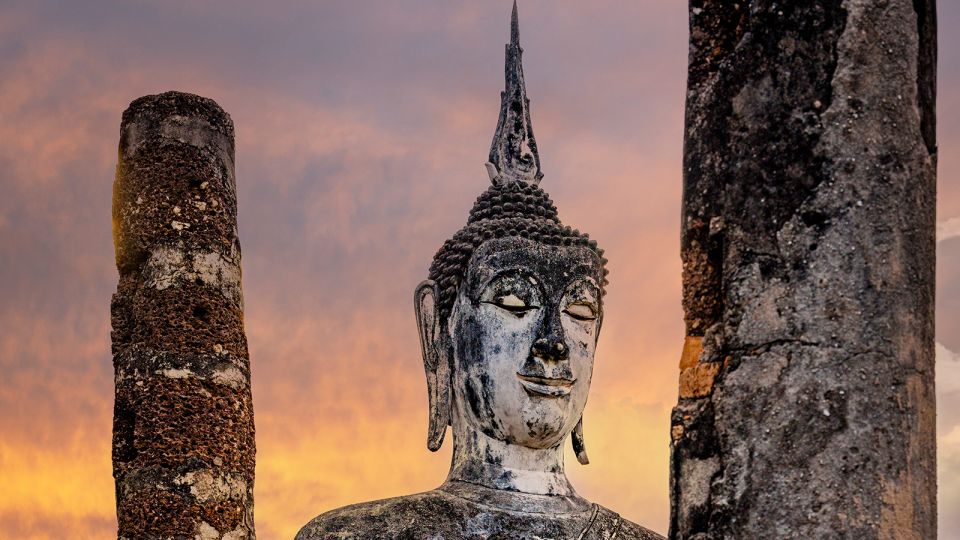Editor’s Note: This content comes from a CNN Travel series sponsored by the country it discusses, maintaining CNN’s editorial integrity. Each year in Thailand, on the evening of the full moon in November, the Loy Krathong festival captivates both locals and tourists alike as they engage in a celebration that honors the water goddess. During this festival, participants release intricately decorated floats known as krathongs into local bodies of water, a tradition viewed as an offering to bring good fortune. This year, Loy Krathong occurs on November 15, showcasing its most significant festivities in Sukhothai—a UNESCO World Heritage Site that stands as a testament to Thailand’s historical and cultural significance.
Sukhothai, which was the inaugural capital of the Kingdom of Siam during the 13th and 14th centuries, is home to captivating Buddhist temples and ancient architecture that reflect the city’s rich heritage. UNESCO recognized Sukhothai in 1991 for its pivotal role in shaping aspects of Thai culture such as language, religion, and artistry. It is often called the cradle of Thai culture, with visitors frequently admiring the architecture and the tranquil lifestyle that forms a backdrop for its historical locations. The Sukhothai Historical Park, particularly stunning at sunset, houses significant sites like Wat Mahathat, renowned for its grand pagoda, and Wat Traphang Thong, which features a picturesque lake—both sites central to the Loy Krathong celebration.
While Sukhothai is celebrated for its cultural and architectural relics, it is also recognized for its innovations in hydraulic engineering. Scholars laud the city for its sophisticated water management systems that historically allowed for efficient agricultural practices and economic prosperity. Despite the celebrated achievements in urban infrastructure, the origins of the Loy Krathong festival remain uncertain. While Sukhothai is often credited as the birthplace of the festival, historians suggest that the connection is not completely substantiated, with various records lacking definitive references to the practice of releasing krathongs on the water.
Historical inquiries related to Loy Krathong indicate that it has been part of Thai culture for over two centuries, however, exact beginnings are shrouded in ambiguity. Some historians propose that the tradition may have developed as a gesture of gratitude towards the Goddess of Water, with the act of releasing krathongs symbolizing an apology for the disturbances caused by human activities. Over time, this act shifted to represent the release of misfortunes tied to the lunar cycle and the agricultural landscape’s transition from rainy season to winter. Nevertheless, modern-day practices have raised environmental concerns, prompting efforts to adopt eco-friendly alternatives like using bread for krathong bases or opting for digital versions of the offerings.
For visitors intrigued by Sukhothai’s unique blend of tradition and innovation, the city is easily accessible, located about a six-hour drive or a short 80-minute flight from Bangkok. Once in Sukhothai, numerous accommodation options cater to diverse preferences and budgets, many conveniently situated near the historical sites. Exploring the city by bicycle is a popular choice that allows tourists to absorb the sights leisurely, while guided tours provide informative insights into the city’s extensive history and cultural significance.
The Loy Krathong festival, particularly in Sukhothai, promises a picturesque experience, complete with parades, light shows, and fireworks that illuminate both the waterways and the historical structures. As the full moon rises and locals release their krathongs, the atmosphere is imbued with a sense of serenity and beauty, making it a unique opportunity to understand the cultural intricacies of Thailand. Whether one witnesses the celebration in Sukhothai or engages with the traditions elsewhere, the festival encapsulates the harmonious relationship between the Thai people and their rich cultural heritage, deeply rooted in water, nature, and spirituality.

